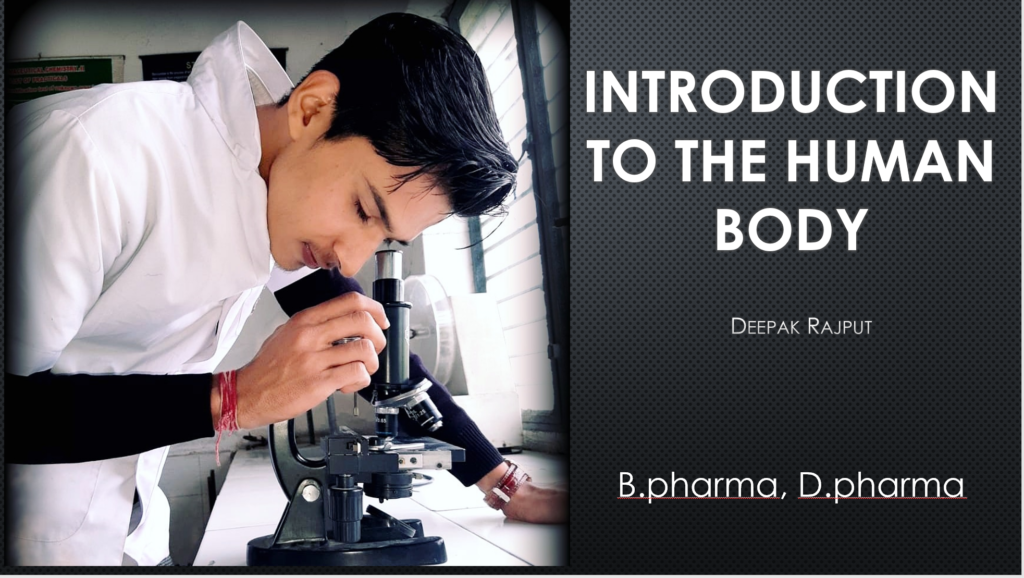Definition and Scope of Anatomy and Physiology
Anatomy and physiology play a central role in the broader field of biology. They focus on unveiling the secrets of living organisms’ structure and function, with a strong emphasis on the human body. These disciplines yield foundational insights and crucial knowledge applicable to various domains, particularly medicine, biology, and healthcare. Their comprehensive exploration and comprehension create a robust foundation for other fields, driving progress in scientific research and practical applications that improve human health and well-being.
1. Anatomy:
Definition: Anatomy is the branch of biology that studies the structure and organization of living organisms, including humans, animals, and plants. It involves examining and describing an organism’s physical components and parts, from the macroscopic level (visible to the naked eye) to the microscopic level (cells and tissues).
Anatomy
Gross Anatomy: This involves the study of structures that can be seen with the naked eye, such as organs, bones, muscles, and the entire body’s systems. Gross anatomy is divided into systemic anatomy (study of organ systems) and regional anatomy (study of specific body regions).
Microscopic Anatomy: Also known as histology, this branch involves the examination of tissues and cells under a microscope. It focuses on understanding the structure and function of cells and their relationships within tissues and organs.
Developmental Anatomy: This area of anatomy explores how organisms grow and develop from a single cell (fertilization) to a fully formed organism. It includes embryology, which studies the development of embryos.
Comparative Anatomy: Comparative anatomy involves comparing the anatomical structures of different species to understand evolutionary relationships and adaptations.
Physiology
Definition: Physiology is a multifaceted scientific discipline that delves deep into the intricate workings of living organisms, spanning the spectrum from animals to humans. This field encompasses a diverse array of topics and sub-disciplines, all with a shared mission: to unravel the intricate choreography of how the numerous systems and components within an organism collaborate harmoniously to sustain life and ensure the continuity of vital functions.
Scope of Physiology:
Human Physiology: This studies how the body functions, including the cardiovascular, respiratory, nervous, endocrine, muscular, and other systems. Human physiology aims to understand the processes that keep the body alive and functioning optimally.
Comparative Physiology: Similar to comparative anatomy, comparative physiology compares the physiological functions of different species to identify commonalities and differences. It helps in understanding evolutionary adaptations and physiological diversity.
Cellular Physiology: Cellular physiology delves into the mechanisms that occur at the cellular level, including the functioning of organelles, cellular metabolism, and how cells communicate and respond to stimuli.
Pathophysiology: This sub-field studies abnormal physiological processes during disease, injury, or bodily dysfunction. It helps in diagnosing and treating medical conditions.
Key Interrelationships:
Anatomy and physiology are closely interconnected. Understanding the structure of an organ or tissue (anatomy) is essential to comprehending its function (physiology).
To understand how the heart works (physiology), one must first know its structure, including the chambers, valves, and blood vessels (anatomy).
Medical professionals, such as doctors and surgeons, rely on a deep understanding of anatomy and physiology to diagnose and treat patients effectively.



